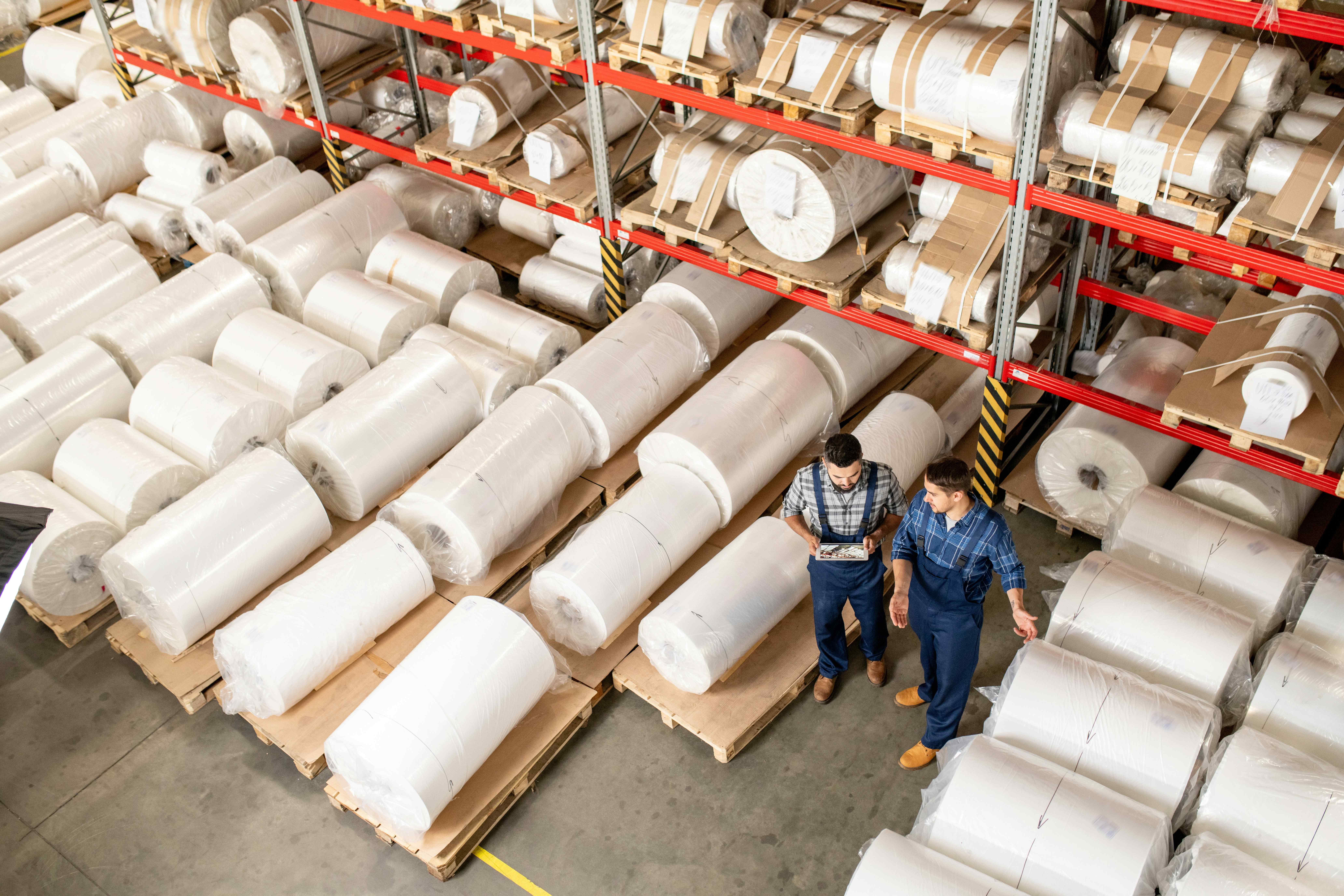
The global economy relies heavily on critical materials like lithium, cobalt, rare earth elements, and nickel. These materials are essential for producing electric vehicle batteries, wind turbines, solar panels, smartphones, and many other technologies. However, the supply chain for critical materials often faces severe bottlenecks. These bottlenecks can slow down production, raise prices, and even threaten national security. This article explores strategic solutions for overcoming bottlenecks in the critical materials supply chain using clear and actionable methods.
Understanding the Causes of Supply Chain Bottlenecks
Bottlenecks in the critical materials supply chain often stem from a small number of countries controlling large portions of the supply. For example, China dominates rare earth element processing, and the Democratic Republic of the Congo supplies most of the world’s cobalt. When one country controls a material, political issues, trade disputes, or local disruptions can affect global supply.
Another issue is limited mining and refining capacity. Opening new mines takes years and requires significant investments. Strict environmental rules, community concerns, and lengthy approval processes can delay or block new projects. In addition, many countries depend on outdated or inefficient systems for transporting and refining these materials.
These factors combine to create fragile supply chains. When demand increases or disruptions occur, delays and shortages often follow.
Investing in Domestic Production and Processing
One key solution is building more domestic capacity for mining and processing critical materials. Countries like the United States, Canada, and Australia are already exploring and developing new sites. By reducing dependence on foreign suppliers, these nations can build more secure supply chains.
Investments in modern processing facilities are also crucial. Even if materials are mined locally, they often need to be sent overseas for refining. Building domestic processing plants helps reduce that reliance. These plants must use clean and efficient technology to meet environmental standards and public approval.
Government incentives such as tax credits, grants, and low-interest loans can attract private companies to invest in these projects. When the public and private sectors work together, progress happens faster.
Improving Supply Chain Transparency and Data Sharing
Another way to reduce bottlenecks is to increase supply chain visibility. Often, companies do not know where delays will happen until it’s too late. Improved data sharing among miners, manufacturers, and transport companies helps identify risks early.
Utilizing digital tools like blockchain enables the tracking of materials from the mine to the factory. This kind of real-time tracking allows for faster responses when issues arise. If a shipment is delayed or if a processing plant has a problem, companies can quickly adjust their plans.
Transparency also builds trust with customers and regulators. It ensures that the materials are sourced responsibly and meet quality standards. This is especially important when it comes to avoiding child labor or unsafe practices in mining regions.
Building Strategic Reserves and Recycling Programs
Creating national stockpiles of critical materials is another strong defense against supply chain bottlenecks. These reserves act as a backup when global supplies are disrupted. Countries can use them during emergencies or when prices spike.
Recycling also plays a key role in reducing demand for newly mined materials. Many critical materials can be recovered from used electronics, batteries, and machinery. Expanding recycling programs helps ease pressure on mining operations and lowers environmental impact.
Governments and companies can support recycling through collection programs, tax incentives, and better product design. Products should be designed to be easily disassembled and recycled.
Recycling also creates new jobs in local communities and strengthens the overall supply chain by creating a second source of valuable materials.
Strengthening International Partnerships and Trade Policies
No single country has all the critical materials it needs. For this reason, strong global partnerships are essential. Friendly trade agreements, joint mining ventures, and research collaborations can ensure stable and fair access to materials.
Allies can share resources, technology, and best practices. For example, the U.S. and Canada have agreements to coordinate on critical mineral development. These partnerships also help spread the financial risk of big mining or refining projects.
At the same time, innovative trade policies are essential. Governments must balance free trade with national security. They can achieve this by establishing rules that prevent foreign takeovers of key industries, halting the flow of illegally mined materials, and promoting responsible sourcing.
Tariffs and export controls should be used carefully. While they can protect local industries, they can also make materials more expensive or hard to find. A clear, consistent trade policy helps businesses make better long-term plans.